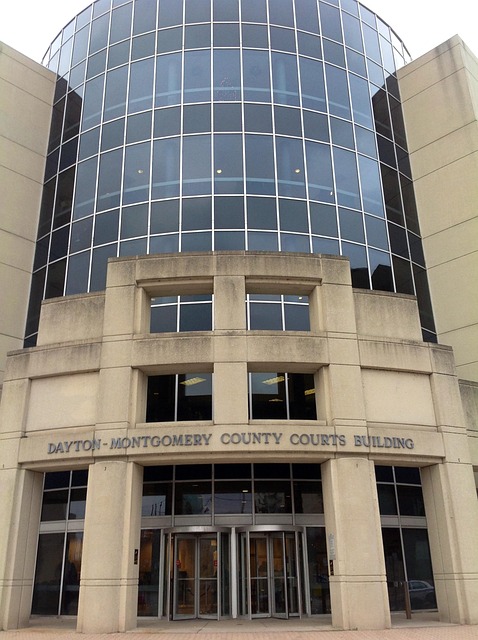The Timeline for Post-Conviction Relief Process is a structured phase in legal representation, crucial for correcting legal errors and ensuring fair justice in white-collar and economic crimes cases. It begins with a timely notice of appeal within 30 days, involves strict adherence to jurisdictional deadlines, court reviews, and arguments before an appellate court. Effective litigation risk management through strategic approaches like early case assessment, comprehensive discovery, efficient document management, and open client communication, leads to successful outcomes including jury trials or complete charge dismissals.
“Unravel the intricacies of litigation risk management with our comprehensive guide on the post-conviction relief process. This article offers a detailed look at the timeline and strategies involved in navigating legal appeals, ensuring professionals can effectively mitigate risks.
We’ll explore ‘Understanding Post-Conviction Relief’ and provide an actionable step-by-step timeline for filing appeals. Additionally, discover best practices to minimize litigation risks, offering valuable insights for legal professionals seeking to enhance their strategic approach.”
- Understanding Post-Conviction Relief: A Comprehensive Overview
- The Step-by-Step Timeline for Filing and Navigating Appeals
- Strategies to Mitigate Litigation Risk: Best Practices for Legal Professionals
Understanding Post-Conviction Relief: A Comprehensive Overview

Understanding Post-Conviction Relief is an essential step in navigating the complex landscape of litigation risk management, especially for those accused of white collar and economic crimes. This process offers a chance to rectify legal errors and achieve a complete dismissal of all charges, making it a crucial aspect of criminal defense strategy. The timeline for post-conviction relief varies across jurisdictions but generally involves several key stages.
It begins with the initial filing of a motion or petition, followed by a thorough review of the case by the court. This process can be intricate, considering previous proceedings, trial records, and potential new evidence. Across the country, legal experts specialize in these relief processes, ensuring that defendants’ rights are protected and that justice is served fairly.
The Step-by-Step Timeline for Filing and Navigating Appeals

The post-conviction relief process, including appealing a case, involves a structured timeline that defendants and their legal representatives must navigate carefully. This process begins immediately after a verdict or plea, with the first step being the filing of a notice of appeal within a specified time frame. The Timeline for Post-Conviction Relief Process varies depending on jurisdiction but generally follows a set sequence.
Defendants have a limited window to file their initial appeal, often 30 days post-conviction, and this is crucial as missed deadlines can bar further legal recourse. After the notice of appeal is filed, the court will review the case, ensuring compliance with procedural rules. If all is in order, the matter is assigned to an appellate court where lawyers present their arguments for reversal or affirmance of the original judgment. This process involves meticulous legal strategy, thorough document preparation, and robust advocacy, built upon our unprecedented track record in successfully managing litigation risk. The ultimate goal is a jury trial or complete dismissal of all charges, depending on the strength of the appeal.
Strategies to Mitigate Litigation Risk: Best Practices for Legal Professionals

Effective litigation risk management is paramount for legal professionals to safeguard their clients and ensure the best possible outcomes. Strategizing to mitigate risks involves a multifaceted approach, encompassing early case assessment, thorough discovery, and robust document management. By proactively identifying potential issues and gathering compelling evidence, lawyers can navigate the complex legal landscape with confidence.
Best practices include establishing clear timelines for the post-conviction relief process, meticulously documenting key decisions and strategies, and fostering open communication with clients. An unprecedented track record of successful cases often stems from these diligent practices, leading to complete dismissals of all charges in some instances. Jury trials, though unpredictable, can be approached with a prepared mindset, leveraging thorough preparation, strong argumentation, and a deep understanding of the law to secure favorable outcomes.
Effective litigation risk management is key to ensuring fair and just outcomes in the legal system. By understanding post-conviction relief options, adhering to a structured timeline for appeals, and implementing best practices to mitigate risks, legal professionals can navigate complex cases with confidence. The step-by-step process, from filing to resolution, requires meticulous attention to detail and a deep understanding of procedural rules. Embracing these strategies not only strengthens case management but also fosters a more efficient and equitable judiciary.






